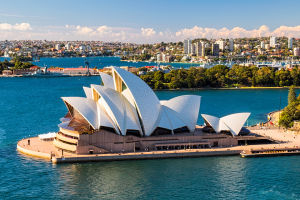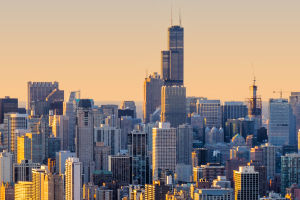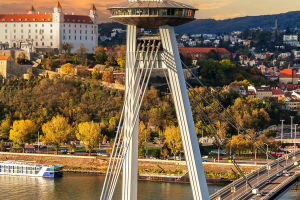Dear Lykkers, for those with a passion for natural beauty and adventure, Venezuela is an inspiring destination.
Often described as a "miniature South America," this vibrant country showcases a unique mix of Caribbean coastlines, tropical rainforests, and stunning mountain ranges—all in one place.
Due to various challenges, it still remains a lesser-explored destination. Here's a structured guide to help you plan the perfect trip, stay safe, and make the most of your experience.
Venezuela
When to Travel to Venezuela
Dry season is the ideal travel window
Venezuela enjoys warm temperatures throughout the year. However, rainfall varies significantly depending on the season.
The dry period, which runs from December to April, is the most recommended for travel. It offers sunny days, clearer skies, and more predictable weather, especially from December to February.
Rainy months to approach cautiously
The rainy period, from May to November, brings frequent and heavy storms. Travel during this time can be unpredictable due to flooding or road closures. In some regions, humidity becomes intense and may affect comfort.
Weather by region
- Lowlands (San Fernando): Expect temperatures around 35°C–36°C by late dry season. Rainy months (June–September) bring heavy showers and high humidity.
- Mountain areas (Caracas, Valencia): Temperatures are milder, typically between 18° and 30°C. January to April sees the least rain.
- Coastal zones (Maracaibo, Puerto la Cruz): Warm all year, with the best months being January through April. Rain increases in the eastern coast, where Porlamar and Puerto la Cruz can see up to 2,000 mm yearly.
Best Times and Months to Visit
December to February: top recommendation
This period is the most favorable, offering sunshine, pleasant temperatures, and lower humidity. It's also the best time for outdoor activities and nature excursions.
Avoid peak hurricane risk
Northern Venezuela, including areas like Caracas and surrounding islands, lies on the southern edge of the hurricane belt. From August to October, tropical systems can occasionally pass through. Though not common, it’s wise to check forecasts in advance if planning a trip during this period.
What to Expect from the Climate
Lowlands: hot and humid outside the dry months
Temperatures range from 22° to 33°C during the dry season, with just a few rainy days per month. In the rainy season, expect up to 19 wet days monthly and more intense humidity.
Mountain regions: fresh and breezy
Higher altitude keeps temperatures lower, rarely exceeding 30°C. The rainy season extends from May to December. January through April offers dry conditions and enjoyable daytime temperatures.
Coastal areas: sunny and consistent warmth
Ideal months are February and March for most coastal destinations. Western coastal cities like Maracaibo are dry from January to May, while eastern ones experience a shorter dry season in February and March. Daytime highs average around 33°C.
What to Pack
Dry season essentials
Light clothing, breathable fabrics, a light sweater for the evening, and insect repellent (especially for forested zones).
Rainy season additions
Add a lightweight raincoat and waterproof footwear, especially for jungle or rural travel. Quick-drying clothes are also helpful.
Additional Travel Information
Quick facts
- Capital city: Caracas.
- Population: Approx. 28 million.
- Area: 916,445 km².
- Official language: Spanish.
- Currency: Bolívar Soberano (VEF), €1 is approximately 11.26 VEF.
- Time zone: UTC -5.
- Visa: Not required for short stays under 90 days (tourism only).
- Required documents: Passport valid for at least 6 months.
Health and Safety tips
Though no vaccines are required, it's advisable to consult a travel clinic before departure. Comprehensive travel insurance is strongly recommended, as even basic medical services abroad can be costly. This ensures peace of mind throughout the journey.
Conclusion: Planning ahead makes all the difference
Venezuela is a destination that rewards the prepared traveler with some of the most diverse and spectacular landscapes in South America. By choosing the right season, packing smart, and staying informed, Lykkers can enjoy an unforgettable journey rich in nature, color, and local charm.


